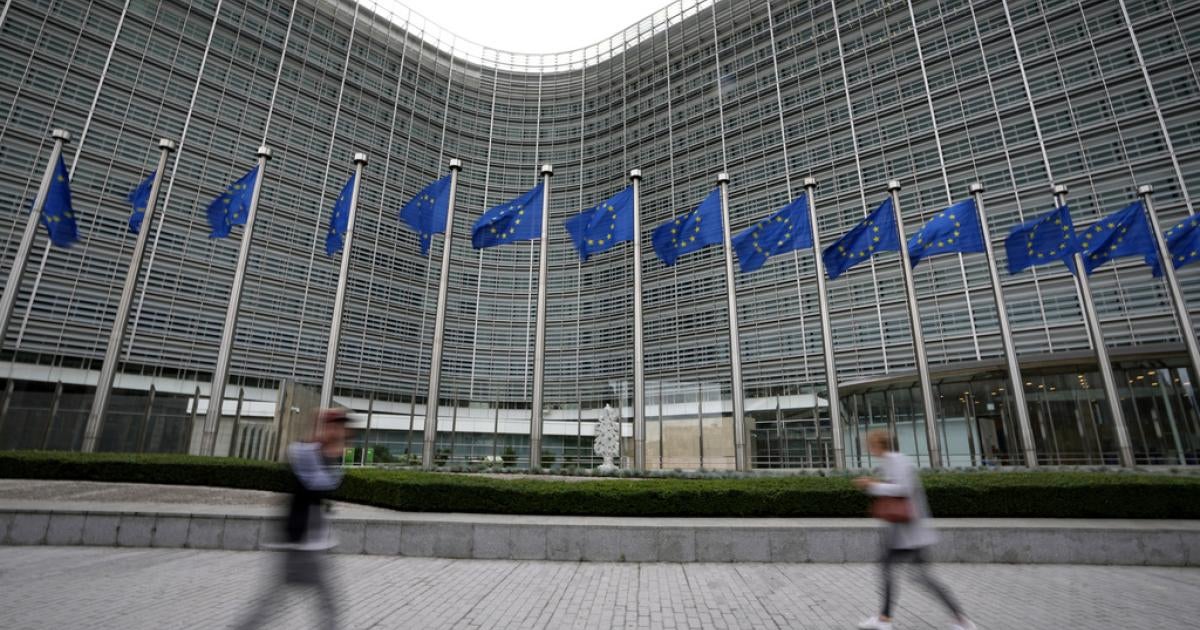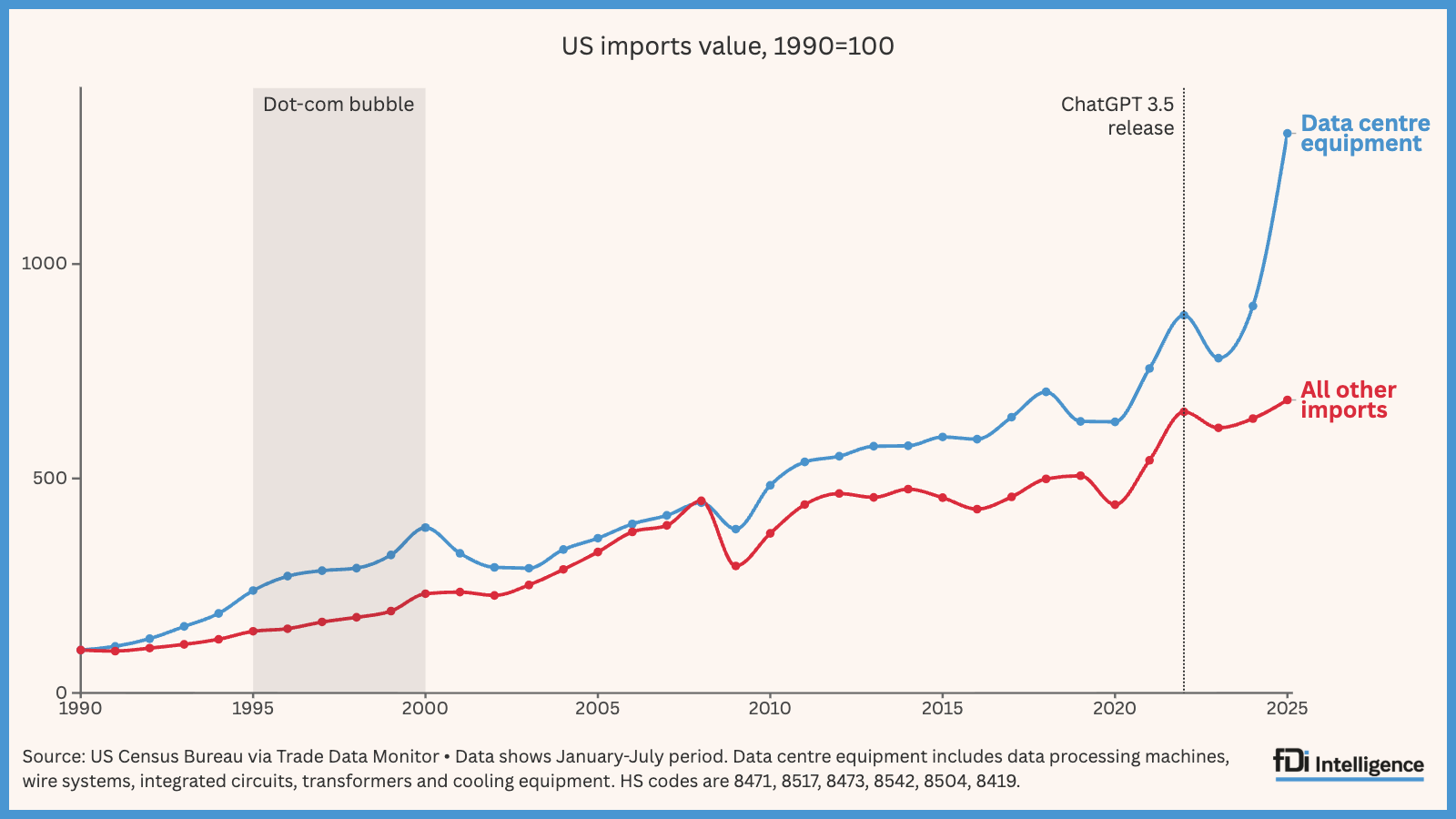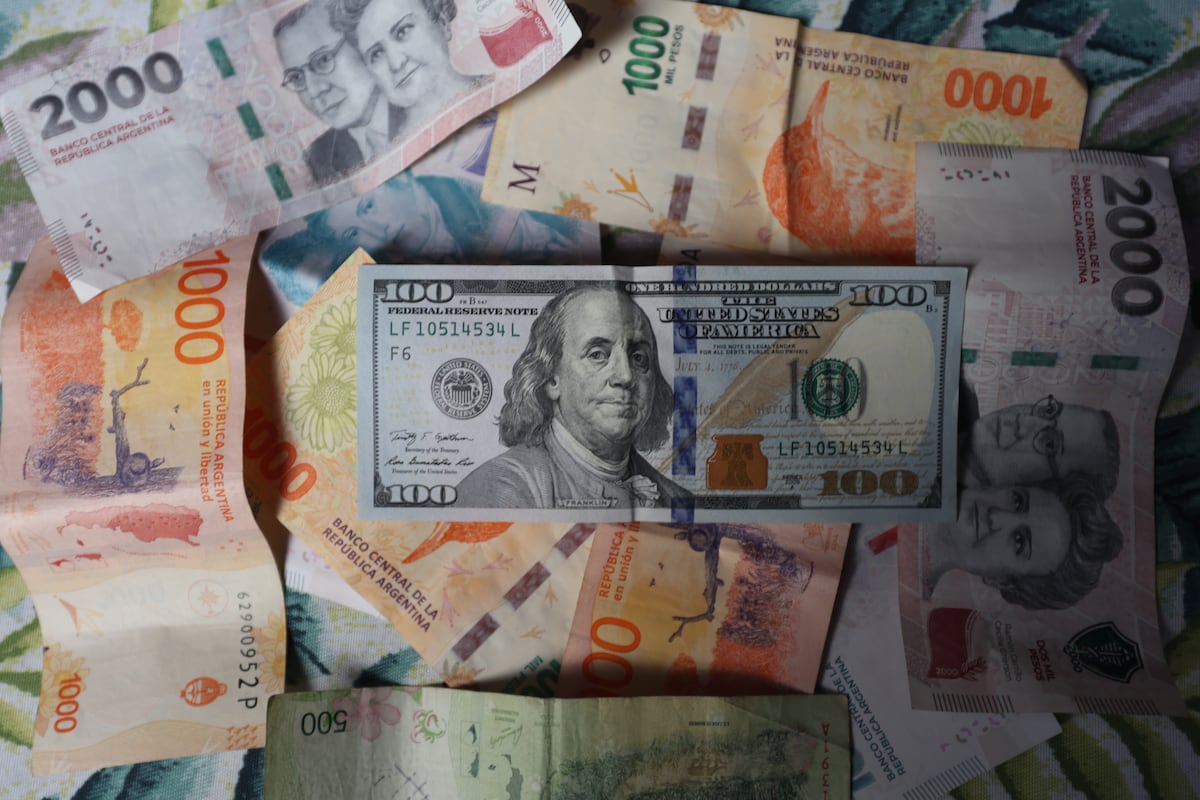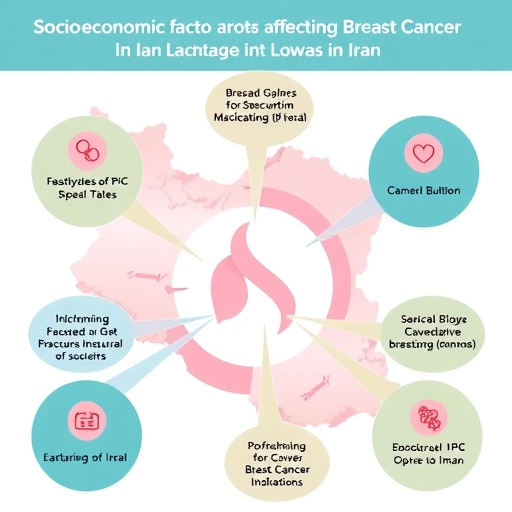Report on the 16th UNCTAD Conference: US Tariffs and Implications for Sustainable Development Goals
Executive Summary
The 16th conference of the United Nations Trade and Development (UNCTAD) organization convened to address the significant challenges posed by US trade tariffs to the global economic system and the achievement of the Sustainable Development Goals (SDGs). Discussions highlighted how unilateral tariffs create economic uncertainty, exacerbate debt crises in developing nations, and undermine the multilateral, rules-based system crucial for sustainable development. The conference underscored the direct threat to several SDGs, including SDG 1 (No Poverty), SDG 8 (Decent Work and Economic Growth), SDG 10 (Reduced Inequalities), and SDG 17 (Partnerships for the Goals).
Impact on Economic Growth and Poverty Reduction (SDG 8 & SDG 1)
Leaders emphasized that the economic uncertainty created by tariffs acts as a significant barrier to progress on key development goals. Rebeca Grynspan, Secretary-General of UNCTAD, identified this uncertainty as the “highest tariff possible,” with direct consequences for SDG 8.
- Discouraged Investment: Unpredictable trade policies deter the long-term investment necessary for industrialization and infrastructure development (SDG 9).
- Slowed Growth: The tariffs impede global trade, which is a primary engine for economic growth, particularly for developing countries.
- Hindrance to Development: Nations are forced into a choice between servicing debt and investing in development, directly impacting efforts to eradicate poverty (SDG 1) and improve public services.
Deepening Inequalities and Debt Burdens (SDG 10)
The conference addressed the disproportionate impact of economic pressures on developing nations, a direct challenge to SDG 10 (Reduced Inequalities). Annalena Baerbock, President of the General Assembly, noted that the perception of global trade benefiting only a select few erodes trust in the international system.
Key Concerns Raised:
- Mounting Debt: Debt in developing countries reached $31 billion in 2024, severely limiting their fiscal space for SDG-related investments.
- Income Stagnation: Baerbock highlighted that half of humanity has experienced no income growth for a generation, a stark indicator of rising global inequality.
- Erosion of Trust: Unilateral trade measures weaken the multilateral cooperation essential for addressing shared global challenges outlined in the 2030 Agenda.
Challenges to Global Partnerships and Institutions (SDG 16 & SDG 17)
The discussion centered on the integrity of the World Trade Organization (WTO) as a cornerstone of global governance, which aligns with SDG 16 (Peace, Justice, and Strong Institutions). The US tariffs are seen as a departure from the rules-based system that governs 72 percent of global trade and prohibits discrimination against foreign suppliers under Article III.
WTO Director-General Ngozi Okonjo-Iweala called for the adaptation of post-war institutions to meet modern challenges, advocating to “preserve what works, reform what no longer does, and reposition for a digital and green future.” This reflects the need to strengthen global partnerships (SDG 17) to ensure that international trade frameworks are equitable and aligned with sustainable development principles.
Analysis of the Article in Relation to Sustainable Development Goals
1. Which SDGs are addressed or connected to the issues highlighted in the article?
- SDG 8: Decent Work and Economic Growth – The article discusses how tariffs slow economic growth and make trade, a key driver of development, more difficult.
- SDG 10: Reduced Inequalities – The article highlights the disproportionate impact of trade disruptions and debt on developing nations and mentions that “half of humanity has seen no rise in income for a generation,” pointing to growing inequality.
- SDG 17: Partnerships for the Goals – The core of the article revolves around the multilateral trading system, the role of institutions like the WTO and UNCTAD, and the challenges posed by unilateral tariffs, directly relating to global partnerships for sustainable development.
2. What specific targets under those SDGs can be identified based on the article’s content?
- SDG 8: Decent Work and Economic Growth
- Target 8.1: Sustain per capita economic growth in accordance with national circumstances and, in particular, at least 7 per cent gross domestic product growth per annum in the least developed countries. The article connects to this by stating that uncertainty from tariffs “slows growth and makes trade as a path to development much harder,” directly threatening the achievement of this target.
- SDG 10: Reduced Inequalities
- Target 10.a: Implement the principle of special and differential treatment for developing countries, in particular least developed countries, in accordance with World Trade Organization agreements. The article’s focus on WTO rules and the negative impact of US tariffs on developing nations’ economies directly relates to this target, which aims to protect these nations within the global trade framework.
- Target 10.b: Encourage official development assistance and financial flows, including foreign direct investment, to States where the need is greatest. The article implies a threat to this target by quoting Rebeca Grynspan, who says uncertainty “discourages investment.”
- SDG 17: Partnerships for the Goals
- Target 17.4: Assist developing countries in attaining long-term debt sustainability through coordinated policies aimed at fostering debt financing, debt relief and debt restructuring, as appropriate, and address the external debt of highly indebted poor countries to reduce debt distress. This is explicitly mentioned when the article describes a “debt and development crisis” and notes that “debt in these countries reached $31 billion in 2024.”
- Target 17.10: Promote a universal, rules-based, open, non-discriminatory and equitable multilateral trading system under the World Trade Organization, including through the conclusion of negotiations under its Doha Development Agenda. The entire article is framed around this target, discussing the importance of WTO rules, which govern “72 percent of global trade,” and the threat that unilateral tariffs pose to this system.
- Target 17.11: Significantly increase the exports of developing countries, in particular with a view to doubling the least developed countries’ share of global exports by 2020. Tariffs imposed by a major economy like the US directly hinder the ability of developing countries to increase their exports, making this target relevant.
3. Are there any indicators mentioned or implied in the article that can be used to measure progress towards the identified targets?
- Indicator for Target 17.4 (Debt Sustainability): The article provides a direct quantitative indicator by stating that the debt in developing countries “reached $31 billion in 2024.” This figure can be used to measure the scale of the debt crisis and track progress towards sustainability.
- Indicator for Target 17.10 (Rules-based Trading System): An implied indicator is the level of adherence to WTO rules. The article mentions that “72 percent of global trade is still under WTO rules” and discusses the challenge to these rules via US tariffs. The outcome of disputes and the percentage of trade conducted under these rules serve as a measure of the system’s health.
- Indicator for Target 8.1 (Economic Growth): While not providing a specific number, the article implies a negative indicator for economic growth. The statement that uncertainty “slows growth” suggests that metrics like GDP growth rates in developing nations would be a relevant indicator to track the impact of these trade policies.
- Indicator for Target 10.b (Financial Flows): The article implies that investment levels are an indicator. The assertion that uncertainty “discourages investment” points to Foreign Direct Investment (FDI) inflows to developing countries as a key metric for measuring progress.
4. Table of SDGs, Targets, and Indicators
| SDGs | Targets | Indicators |
|---|---|---|
| SDG 8: Decent Work and Economic Growth | 8.1: Sustain per capita economic growth. | Implied: Rate of GDP growth, which is being slowed by trade uncertainty. |
| SDG 10: Reduced Inequalities | 10.a: Implement special and differential treatment for developing countries in accordance with WTO agreements. | Implied: Adherence to WTO rules that protect developing nations from discriminatory trade practices like tariffs. |
| 10.b: Encourage financial flows, including foreign direct investment, to States where the need is greatest. | Implied: Level of investment, which is discouraged by uncertainty. | |
| SDG 17: Partnerships for the Goals | 17.4: Assist developing countries in attaining long-term debt sustainability. | Mentioned: The level of debt in developing countries, which reached “$31 billion in 2024.” |
| 17.10: Promote a universal, rules-based, open, non-discriminatory and equitable multilateral trading system under the WTO. | Mentioned: The percentage of global trade under WTO rules (“72 percent”). | |
| 17.11: Significantly increase the exports of developing countries. | Implied: Volume and value of exports from developing countries, which are negatively affected by tariffs. |
Source: jurist.org







